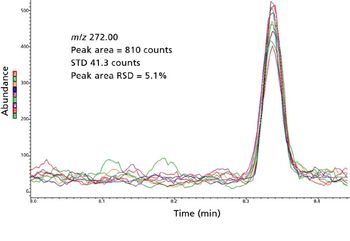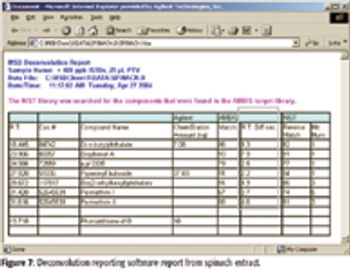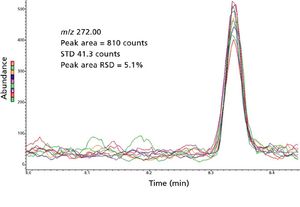
Signal-to-noise of a chromatographic peak from a single measurement has been used determine the performance of two different MS systems, but this parameter can no longer be universally applied and often fails to provide meaningful estimates of the instrument detection limits (IDL).






